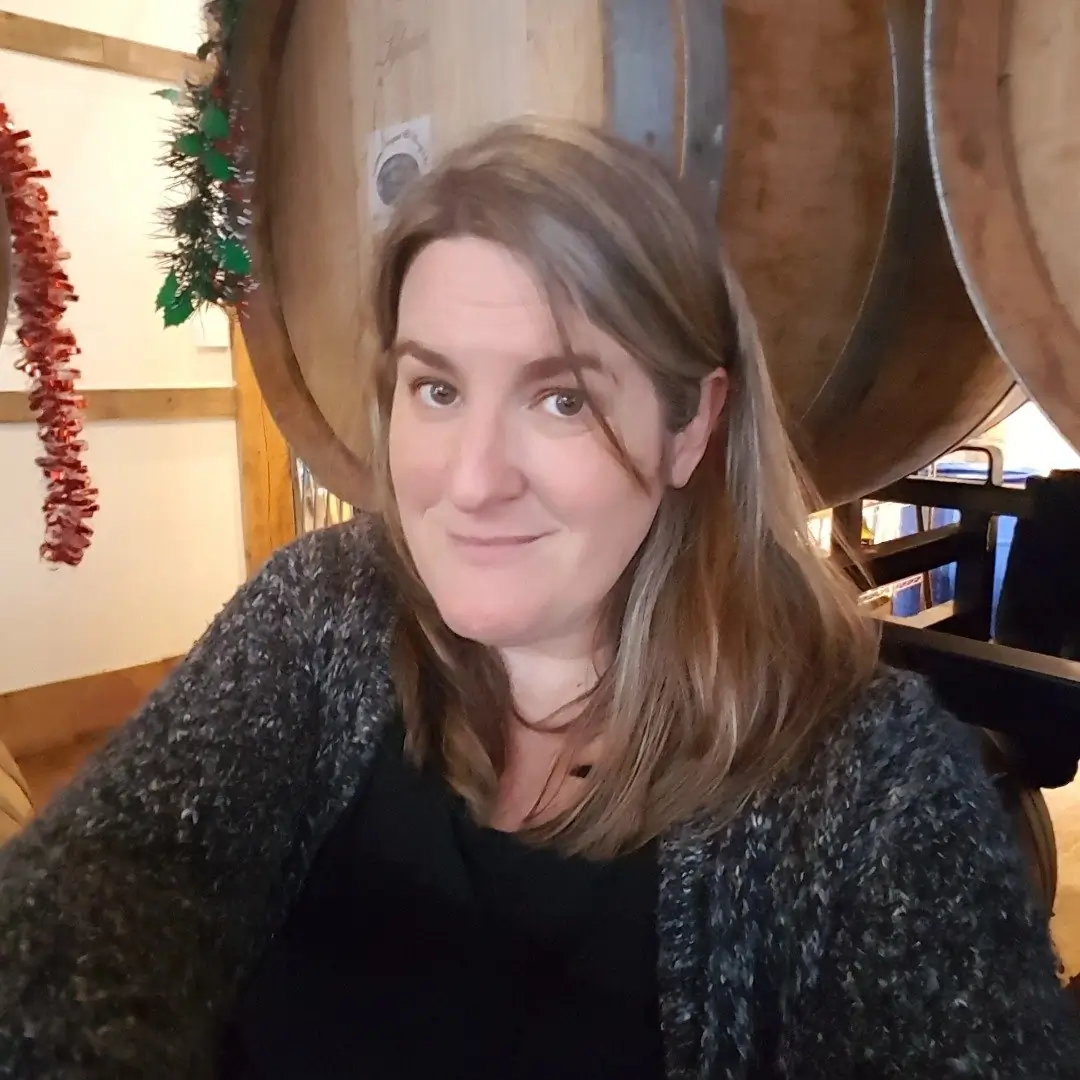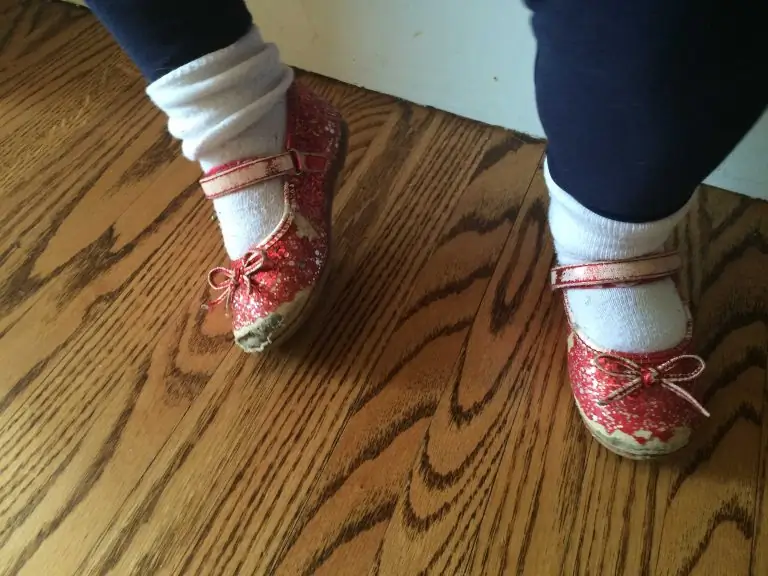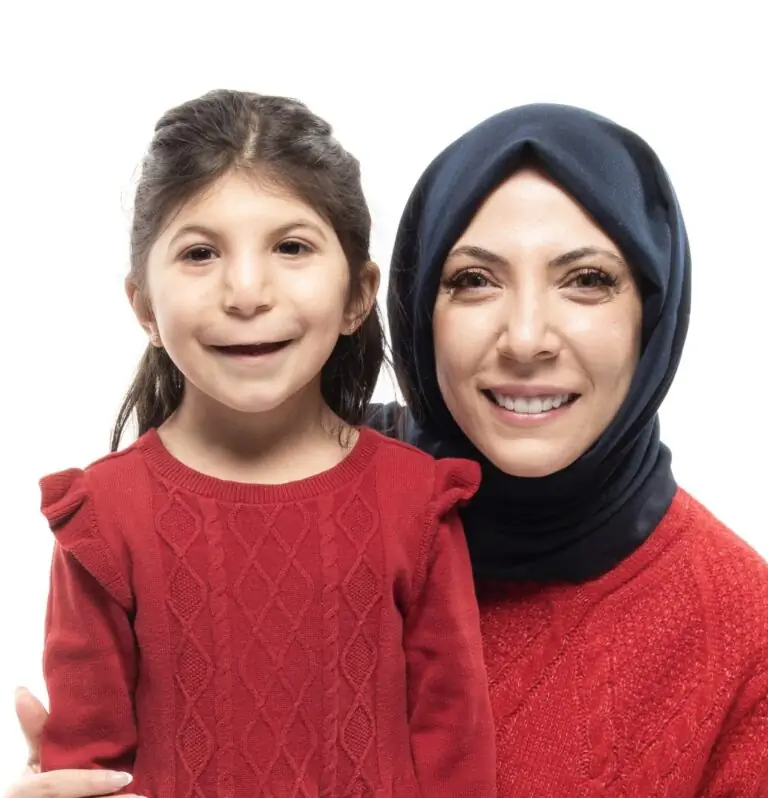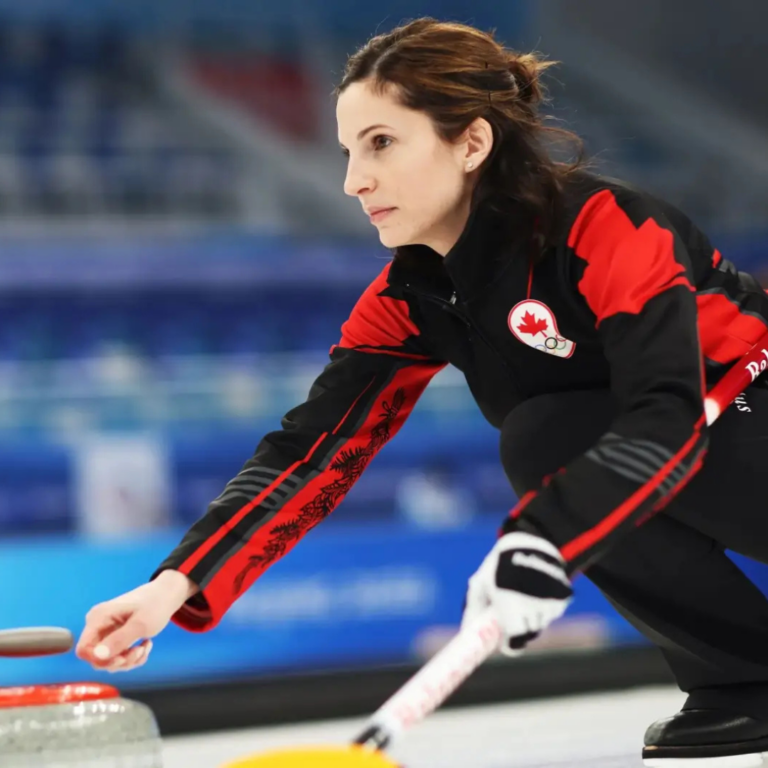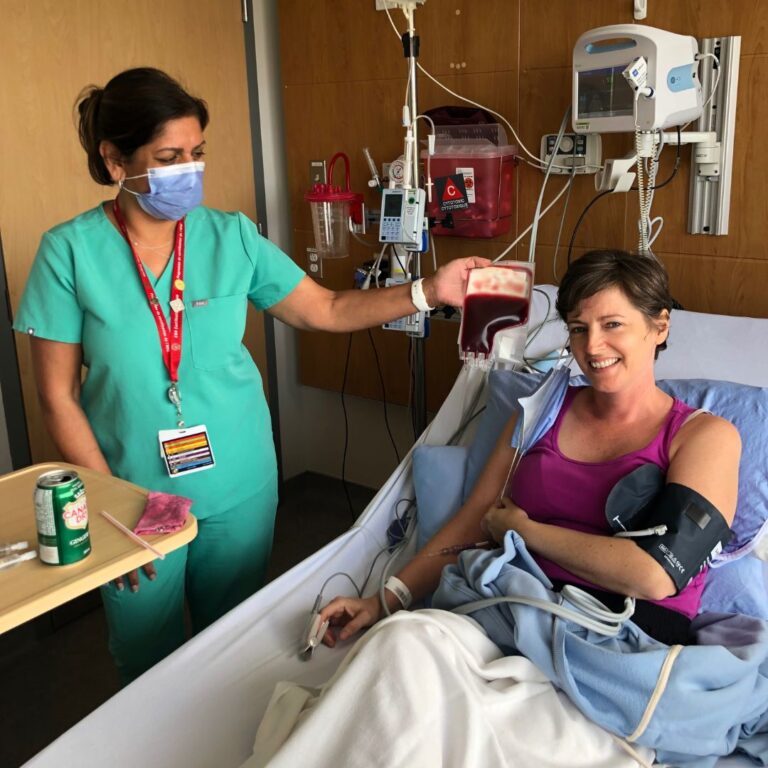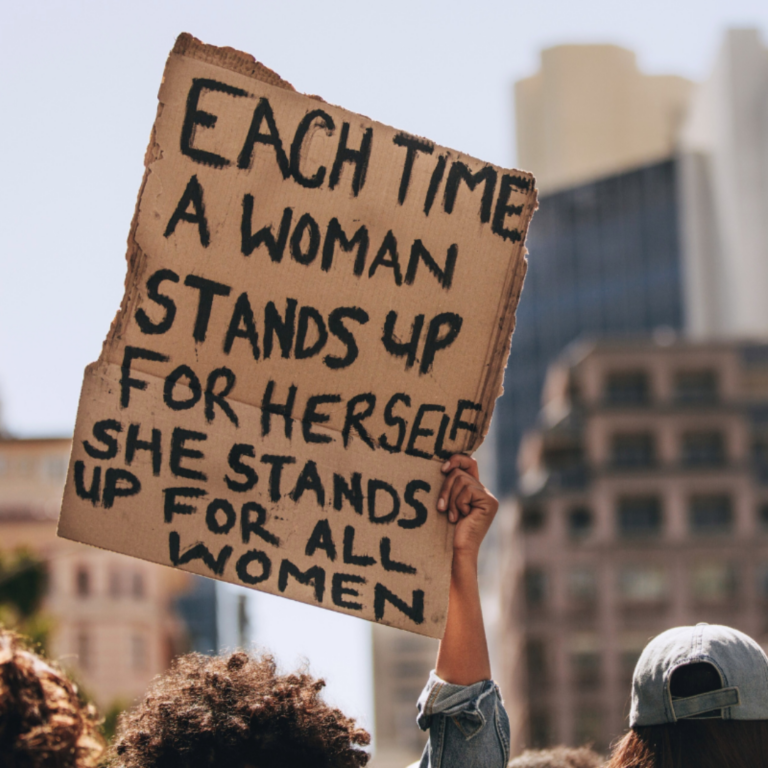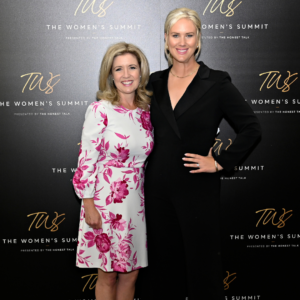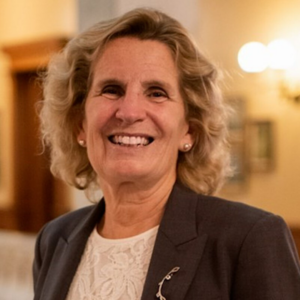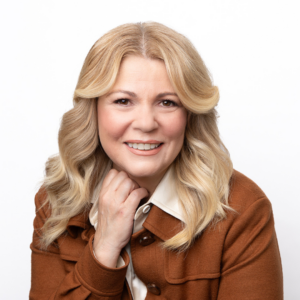My daughter is a drag performer – and it’s been an inspiring journey
Parenting27.11.2023
My child is a drag performer.
There is an image that will come to most people’s minds when I say this. Oversized wigs. Padding to make curves where nature didn’t put them. Intense makeup and catty drama. Long sequined gowns and sky-high heels.
Pull up a photo from RuPaul’s Drag Race, and you’ll get an idea of the makeup style and costumes you’d expect to see on our son.
Except, it’s our daughter.
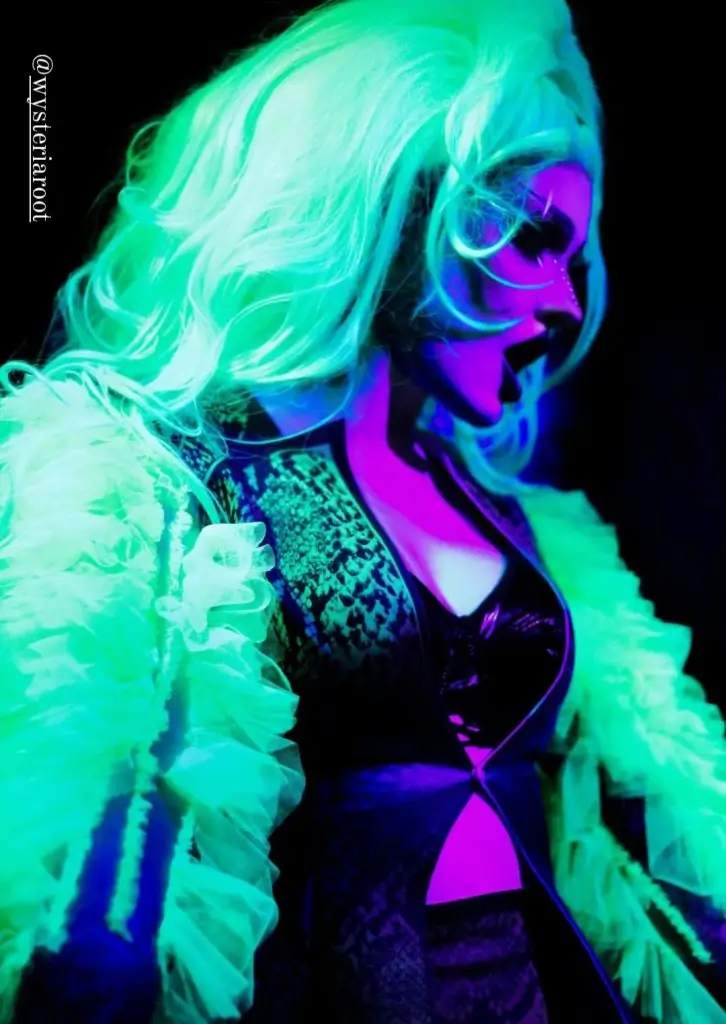
Our youngest child has always been drawn to performance. Music, dance, drama — but nothing quite encapsulated her artistic expression. She had been a fan of RuPaul’s show for years, and been to a live event that she adored. It wasn’t until she got to know some performers through her job at a venue that hosted drag shows that it clicked: I want to do this, too — and I can. And so through encouragement from other queens, her drag persona — Wysteria — was born.
As parents, we often tend to take on a sort of identity based on our kids’ activities.
There are hockey parents, soccer parents, dance parents. We were music and band parents. And now, you guessed it — we had become drag parents. It was entirely new.
“You want to do what?” was my first question, closely followed by, “Wait, women can do this, too?”, the latter question being the one I’m most often asked when people find out what she does. Of course I had seen the buzz of social media that cavalierly tossed around terms like groomer, predator, and worse to disparage drag performers, and was concerned that someone might act on these baseless claims. She had been through a lot in life, and my mama bear hackles went up at the thought of her putting herself out there.
But I also recognized that drag was a topic about which I knew little — and so I began to educate myself.
Drag has a long and storied history, stretching from antiquity with Greek theatre, through to Shakespearean plays where it was both a performing necessity and the occasional plot point. It continued to the first drag balls of the mid-19th century and vaudeville shows, right up to today. It is a performance art of emphasizing feminine or masculine features in an act that creates a character, showcases music, dance, and comedy, or makes political statements. It has breadth: in addition to the most commonly known queens, there are drag kings (women portraying masculine characters), “Mx” artists who perform as non-binary characters, trans women who perform as female characters, and AFAB queens. The last, “assigned female at birth” queens, is the tiny little slice of the drag pie chart that defines Wysteria’s act.
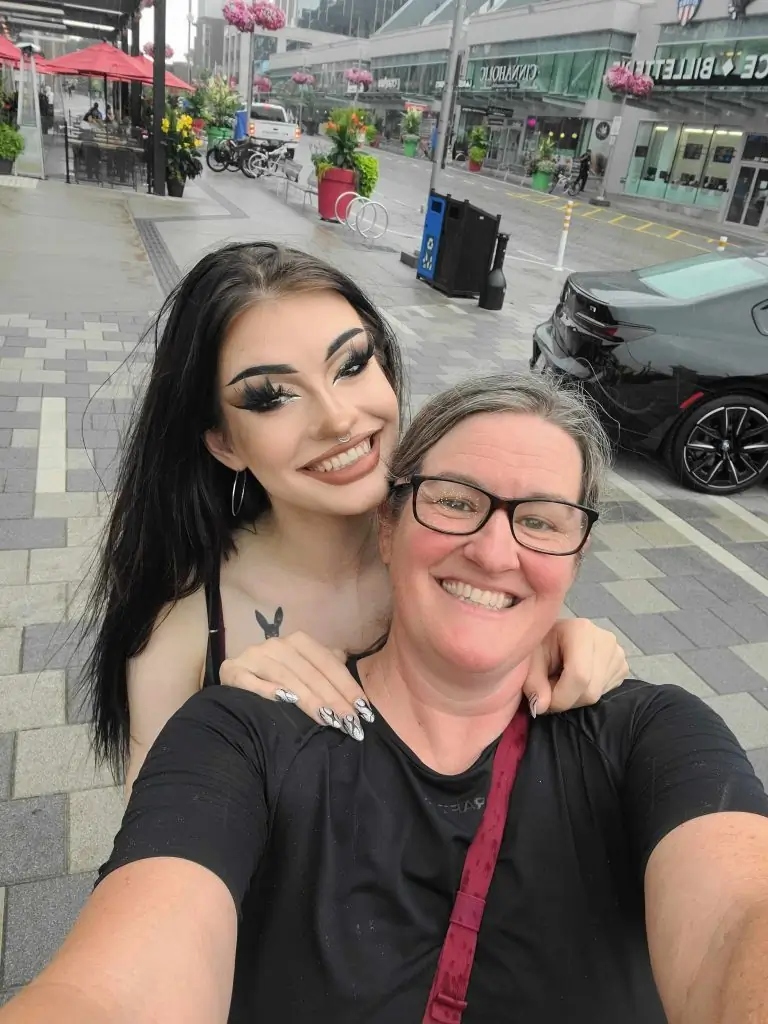
The drag community in our city is full of vibrant artists, many of whom have been wonderfully supportive and encouraging. It’s not a one-size-fits-all art form; each performer brings their own personality and character to the stage. We’ve had the privilege of meeting some of the others, usually being introduced to them as, “guys, it’s my parents!”
They are gracious in welcoming us into their spaces, and we have been delighted to get to know them. I’m grateful to them, too — it eases my mom-worry to know that as she’s living downtown, often working late nights, she has a support network who look out for each other.
Preparation for a show starts long before. She plans her music, costumes, and look. When we meet for lunch, she excitedly shares some ideas that have been percolating and how her plans for the event are evolving. I find her excitement infectious, and I look forward to seeing how her creativity will be showcased when she takes to the stage. She loves to be a chameleon and have dramatic costume changes in each number.
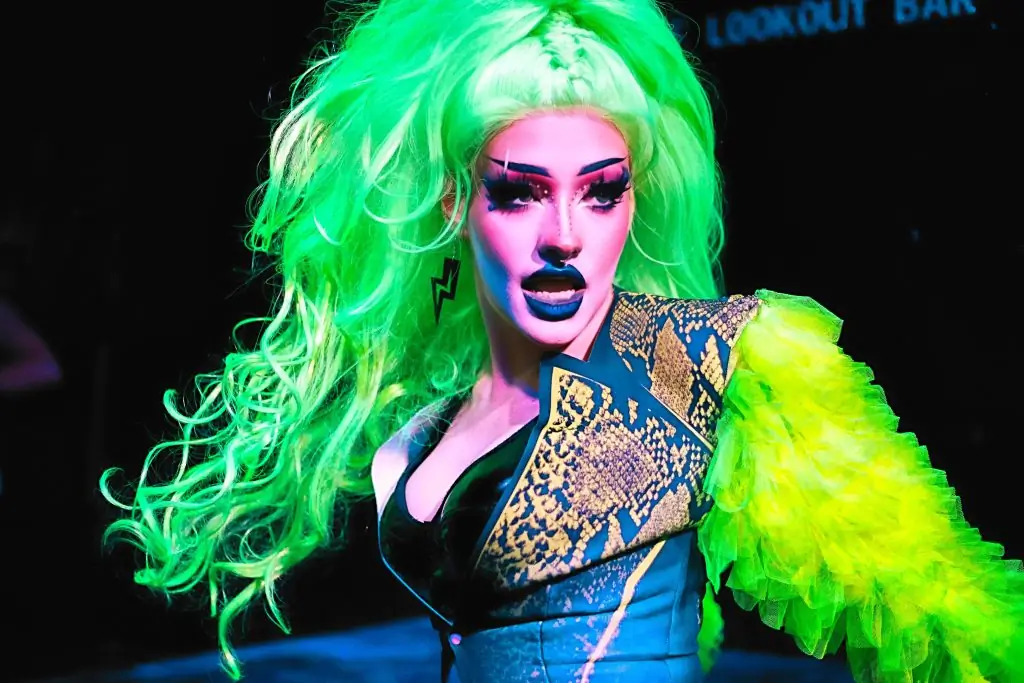
Much of drag involves lip-synching, but she sometimes incorporates her musical talents to sing live. The day of, it’s a flurry of makeup, impossibly long lashes, and a close-fitted cap to go under the wigs she’ll use during the show.
As her mother, watching her perform, I see my girl fly. Her numbers use music she has mixed, executing dances she choreographs alone or with help from friends, in costumes and makeup she’s chosen and applied so that the whole package gives the result she wants to portray.
Mostly timid me marvels at this woman who owns the stage and yet is a part of me. She is fierce and strong, and I see the joy in her. It’s an amazing thing, at once humbling and exhilarating, to watch your child soar.
I’ve always said that I never want to stop learning. The sentence “my daughter is a drag performer” was not on the list of things I ever thought I’d say (for the record, neither was “yass, queen, slay!” — yet, here we are). My children have been wonderful teachers who have opened my eyes to arts and people who I would never have known otherwise. I am richer for it.

